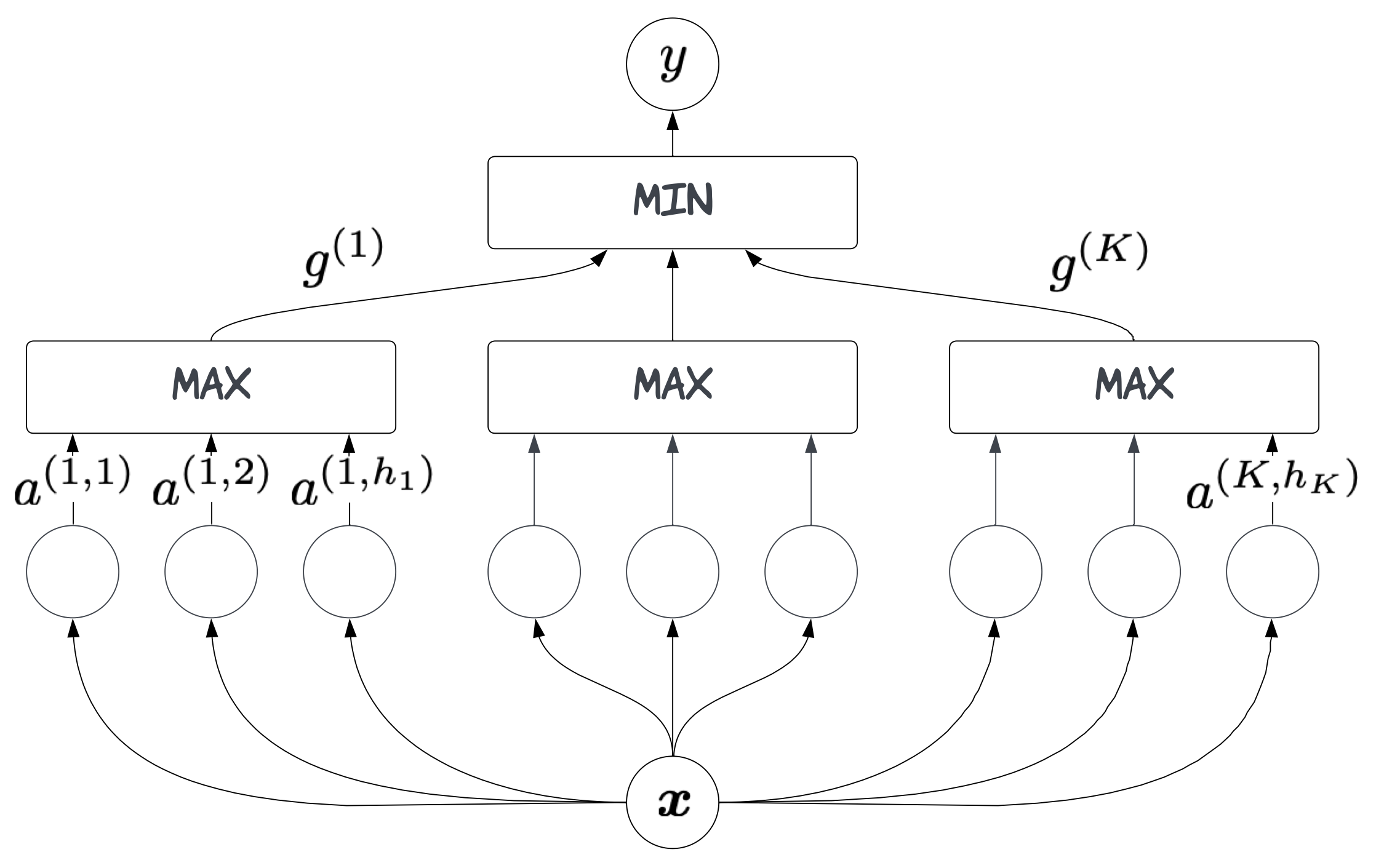Monotonicity constraints are powerful regularizers in statistical modelling. They can support fairness in computer-aided decision making and increase plausibility in data-driven scientific models. The seminal min-max (MM, Still, 1997) neural network architecture ensures monotonicity, but often gets stuck in undesired local optima during training because of partial derivatives being zero when computing extrema. A simple modification of the MM network using strictly-increasing smooth minimum and maximum functions that alleviates this problem. The resulting smooth min-max (SMM, Igel, 2024) network module inherits the asymptotic approximation properties from the MM architecture. It can be used within larger deep learning systems trained end-to-end. The SMM module is conceptually simple and computationally less demanding than state-of-the-art neural networks for monotonic modelling. Experiments show that this does not come with a loss in generalization performance compared to alternative neural and non-neural approaches.

The directory ICML2014 Supplement contains the PyTorch code for reproducing the experiments presented in the ICML 2024 paper introducing SMM networks [Igel, 2024].
The code is not very clean (e.g., containing several slightly different ways to implement the SMM).
A little bit cleaner (but not very efficient) are the implementations in:
SmoothMonotonicNN.py: Implementation of SMM module, restricted to non-decreasing constraints and scalar outputSMM_MLP.py: Very simple example of how the SMM module can be combined with other layers
You can read about the approch here:
Christian Igel. Smooth Min-Max Monotonic Networks. International Conference on Machine Learning, 2024
Christian Igel. Smooth Min-Max Monotonic Networks. arXiv:2306.01147v3 [cs.LG], 2024
Toy example using SmoothMonotonicNN.py:
# Set the stage
import numpy as np
import torch
import matplotlib.pyplot as plt
from SmoothMonotonicNN import SmoothMonotonicNN
# Toy example: Sigmoid with additive Gaussian noise
N = 20 # number of data points
x = np.linspace(-5, 5, N)
y = 1. / (np.exp(-x) + 1.) + np.random.normal(0, 0.1, N)
# Create model
mask = np.array([1]) # monotonic in the first (and only) argument
K = 6 # neurons per group
model = SmoothMonotonicNN(1, K, K, mask) # define SMM
# Optimize model
optimizer = torch.optim.Rprop(model.parameters(), lr=0.01, etas=(0.5, 1.2), step_sizes=(1e-06, 50))
loss_function = torch.nn.MSELoss()
x_tensor = torch.from_numpy(x.reshape(N,-1).astype(np.float32))
y_tensor = torch.from_numpy(y.astype(np.float32))
max_iterations = 200 # Numper of epochs
for epoch in range(max_iterations):
y_hat = model(x_tensor)
loss = loss_function(y_hat, y_tensor)
loss.backward()
optimizer.step()
model.zero_grad()
# Evaluate on training set
y_hat = model(x_tensor).detach().numpy()
# Visualize result
plt.plot(x, y, 'o', label = "data")
plt.plot(x, y_hat, label = "SMM")
plt.grid()
plt.xlabel("x")
plt.ylabel("y");